Collecting succulents and cacti has become a popular hobby, especially among those who appreciate unique and rare plants. Some species stand out not only for their beauty but also for their high value. This article delves into the most expensive succulents and cacti coveted by collectors. Each of these plants boasts distinct characteristics, fascinating histories, and impressive price tags.
Living Rock (Ariocarpus trigonus)
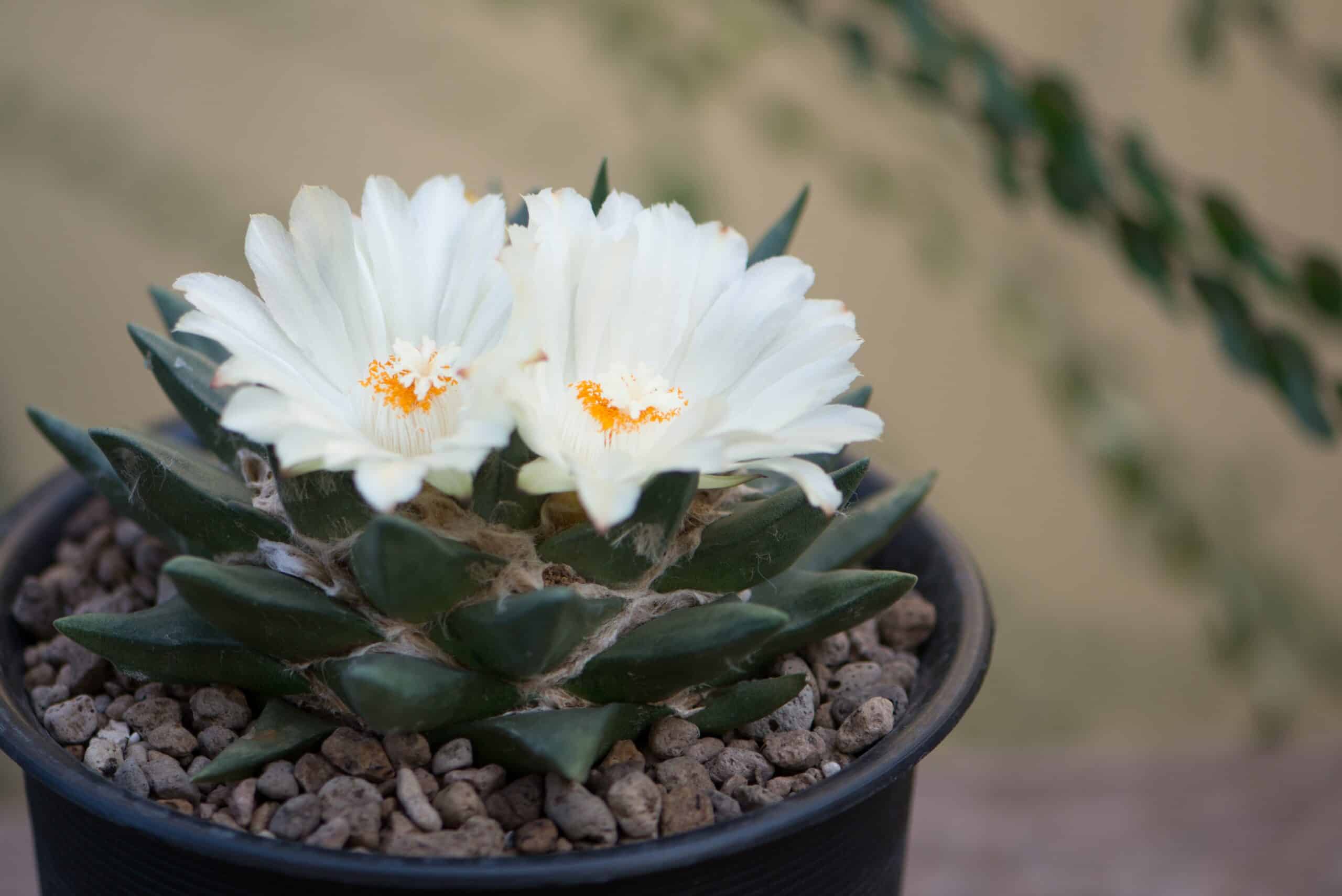
Living Rock is a striking succulent native to Mexico. Its textured, triangular tubercles and yellow flowers make it a favorite among collectors. This plant is slow-growing, taking several years to reach maturity. Its unique appearance resembles rocks, helping it blend into its natural habitat. Collectors value mature specimens highly, often paying up to $500 for a single plant. Its combination of beauty, rarity, and slow growth significantly boosts its market value.
Baseball Plant (Euphorbia obesa)
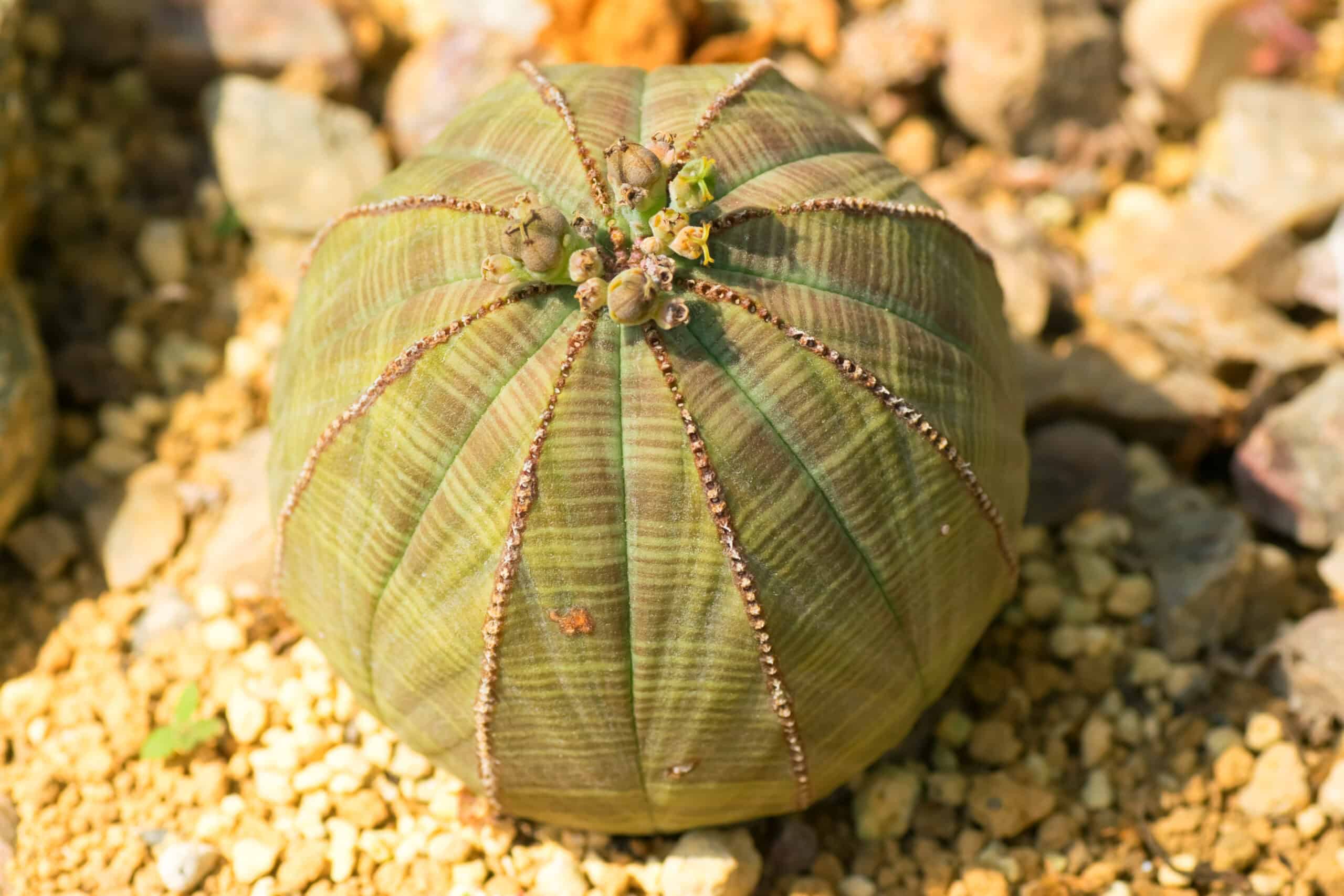
The Baseball Plant is a fascinating succulent that resembles a baseball. Native to South Africa, it has a rounded, ball-like shape and distinctive ridges. This plant’s unique form and ease of care make it a popular choice for succulent enthusiasts. Its coloration can vary, often featuring green and grey patterns. Mature specimens can fetch prices ranging from $200 to $500. Its rarity and striking appearance ensure it remains a prized addition to any collection.
Aztekium (Aztekium ritteri)
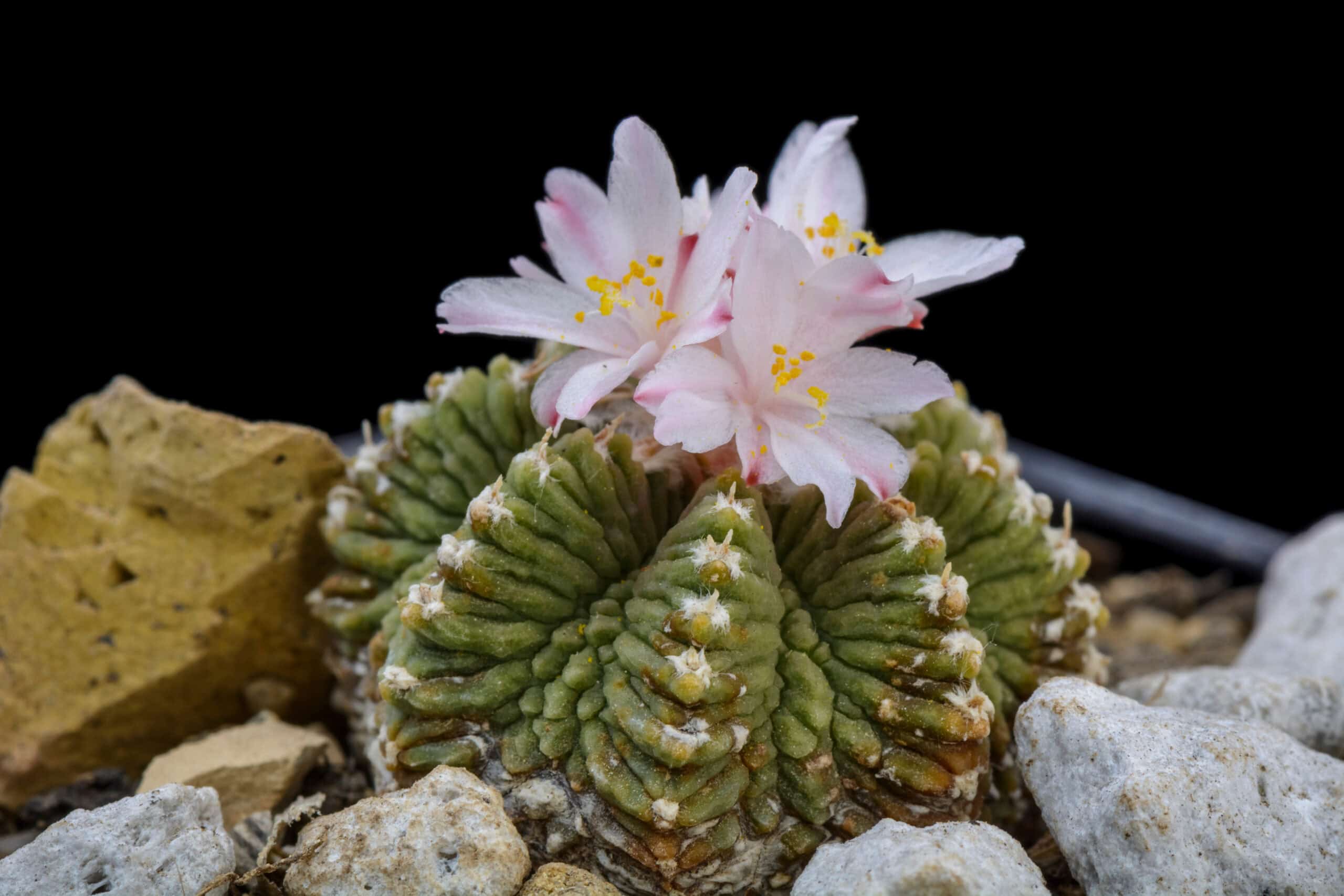
Aztekium is one of the most coveted cacti among collectors. This small, slow-growing cactus is native to the northeastern region of Mexico. Its wrinkled, grey-green body and delicate pink flowers make it a unique and attractive specimen. The cactus’s textured appearance is reminiscent of ancient Aztec art, which inspired its name. Due to its extremely slow growth, it can take decades to reach full size, which significantly increases its value. Collectors are willing to pay premium prices, often up to $1,000 for well-established plants.
Laui Echeveria (Echeveria laui)
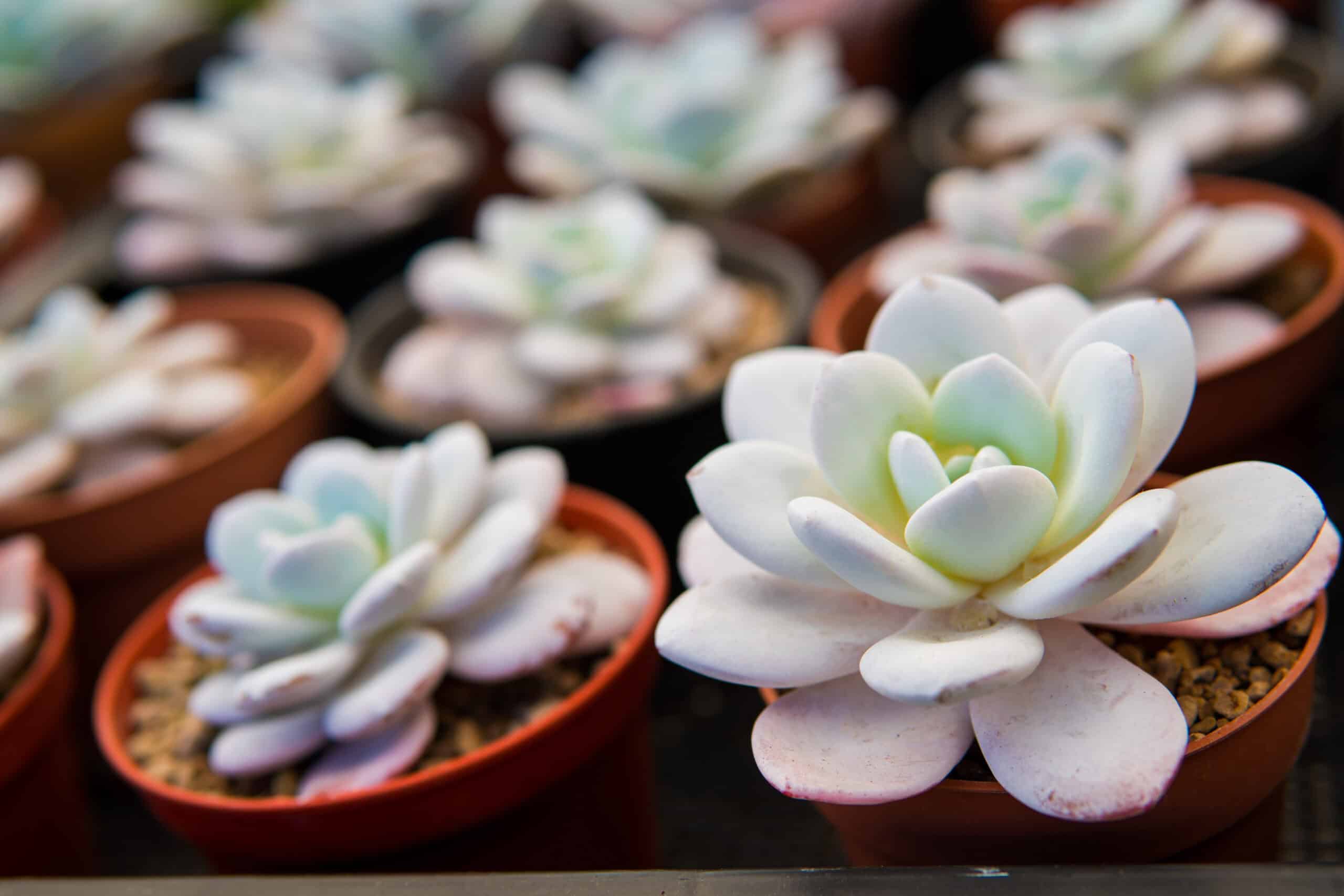
Laui Echeveria is a stunning succulent prized for its pastel pink and blue hues. Native to Mexico, this plant features rosettes of fleshy, powdery leaves that create a mesmerizing display. Its delicate colors and compact size make it a popular choice for collectors and succulent arrangements. Prices for mature plants can range from $100 to $300. The plant’s unique coloration and rarity make it a sought-after addition to any succulent collection.
Bishop’s Cap Cactus (Astrophytum asterias ‘Super Kabuto’)

The Bishop’s Cap Cactus is a distinctive and highly valued cactus. This plant features a flat, disc-like body covered with white, woolly areoles. Native to the Rio Grande Valley in Texas and northern Mexico, it is renowned for its star-like appearance and vibrant yellow flowers. It was first described in the 19th century and has since become a collector’s gem. Prices for this cactus can range from $200 to $1,000. Its rarity and striking star pattern contribute to its significant value.
Moonstones (Pachyphytum oviferum)
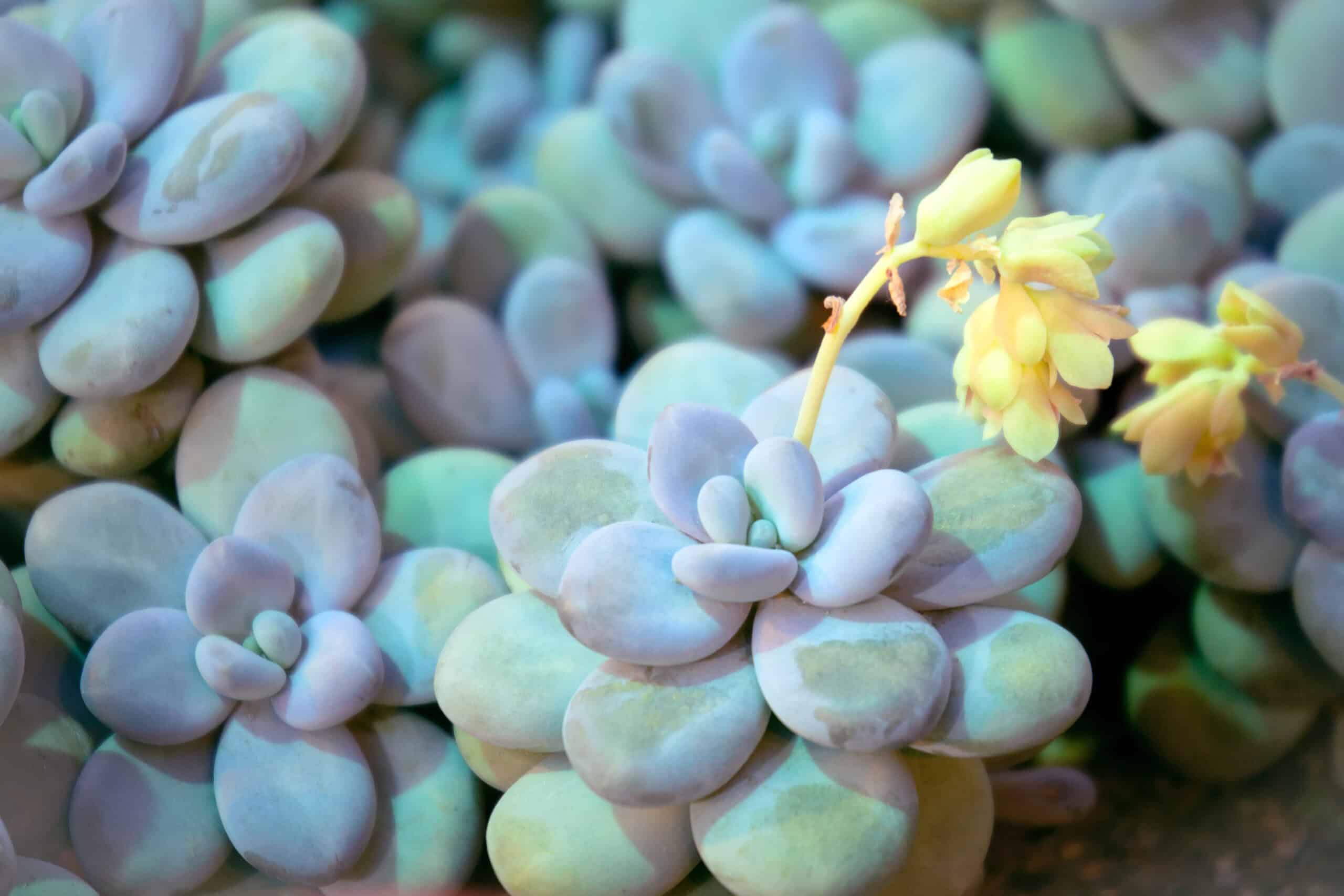
Moonstones are captivating succulents known for their plump, smooth leaves. These leaves resemble moonstones, displaying a soft blue or pink hue. Native to Mexico, Moonstones are popular for their unique appearance and ease of care. Their leaves’ powdery coating adds to their otherworldly charm. Mature plants can fetch prices ranging from $50 to $200. The plant’s rarity, combined with its enchanting appearance, makes it a prized addition to succulent collections.
Copiapoa (Copiapoa cinerea)
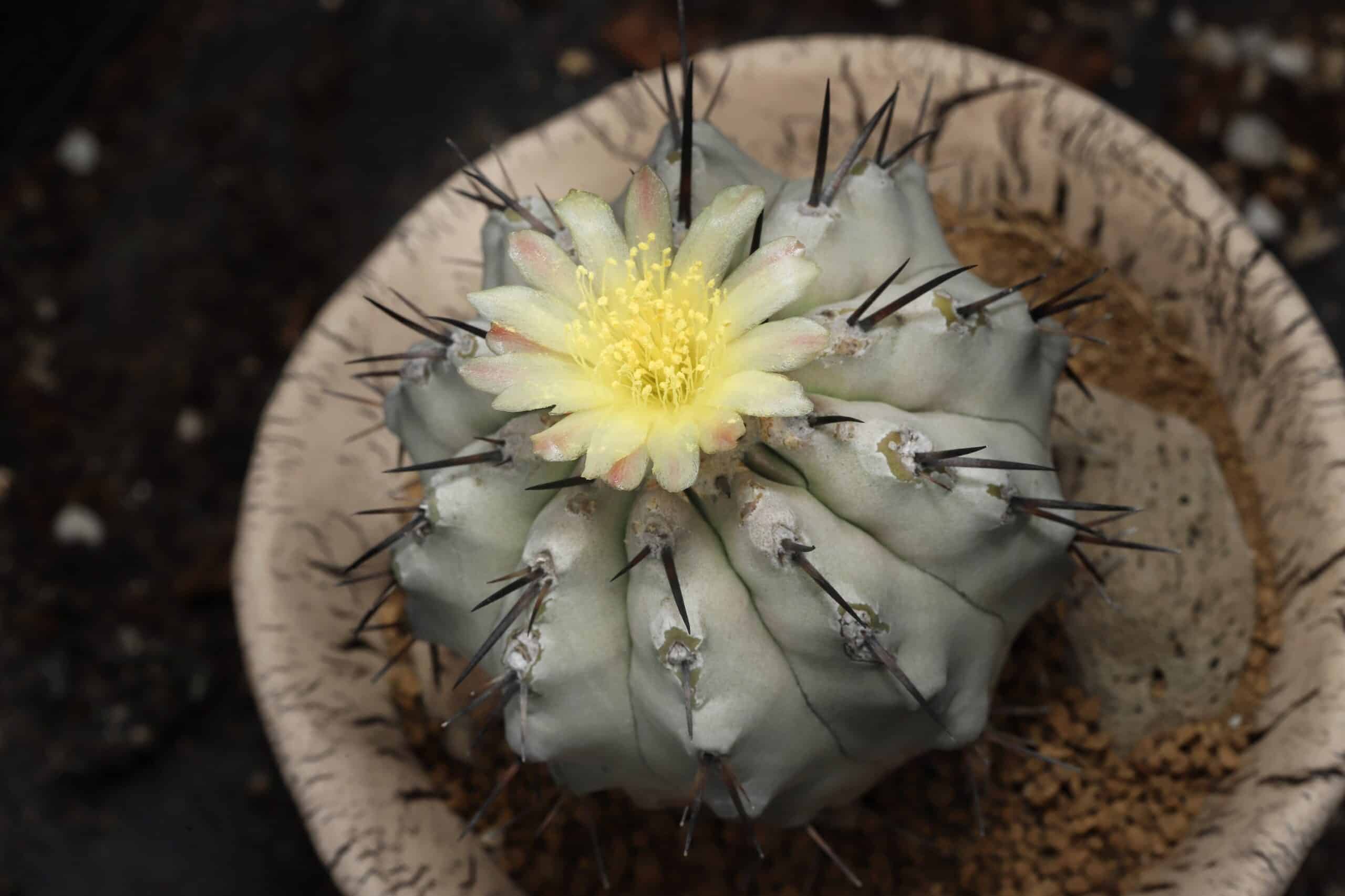
Copiapoa cinerea, commonly known simply as Copiapoa, is a striking cactus native to the Atacama Desert in Chile. This cactus is admired for its blue-grey, waxy coating and spherical shape. Its ability to thrive in harsh desert conditions makes it a symbol of resilience. The cactus produces bright yellow flowers that contrast beautifully with its body. Collectors are willing to pay between $100 and $500 for mature specimens.
Golden Barrel Cactus (Echinocactus grusonii)
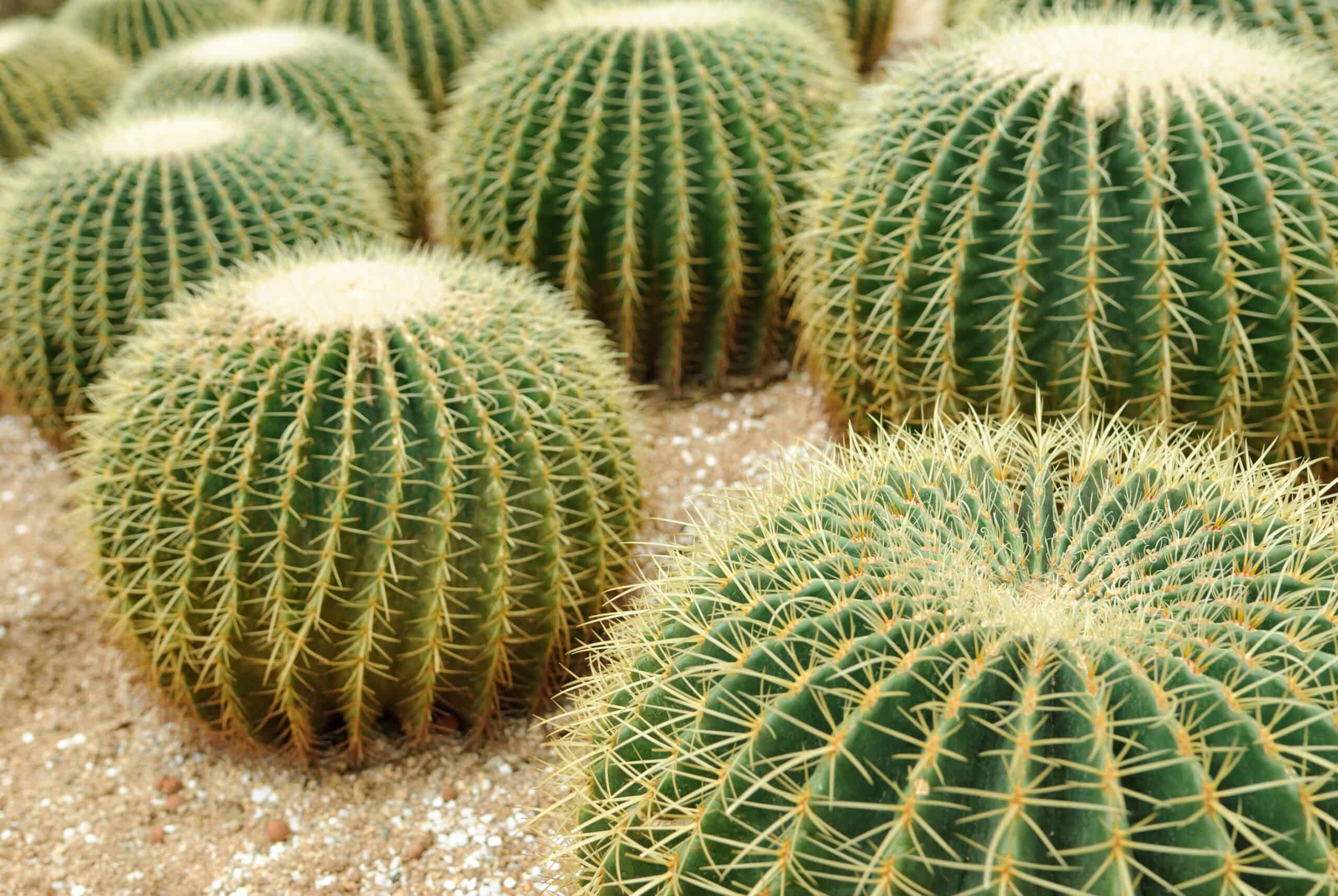
The Golden Barrel Cactus is a well-known and highly valued cactus species. Native to central Mexico, it features a round, barrel-like shape covered in golden spines. Its vibrant yellow flowers bloom atop the cactus, adding to its visual appeal. Echinocactus grusonii has a rich history dating back to its discovery in the 19th century. Due to habitat destruction, it has become increasingly rare in the wild. Prices for mature Golden Barrel Cacti can range from $200 to $1,000. Its iconic look and rarity make it a must-have for serious collectors.
Horse’s Teeth (Haworthia truncata)
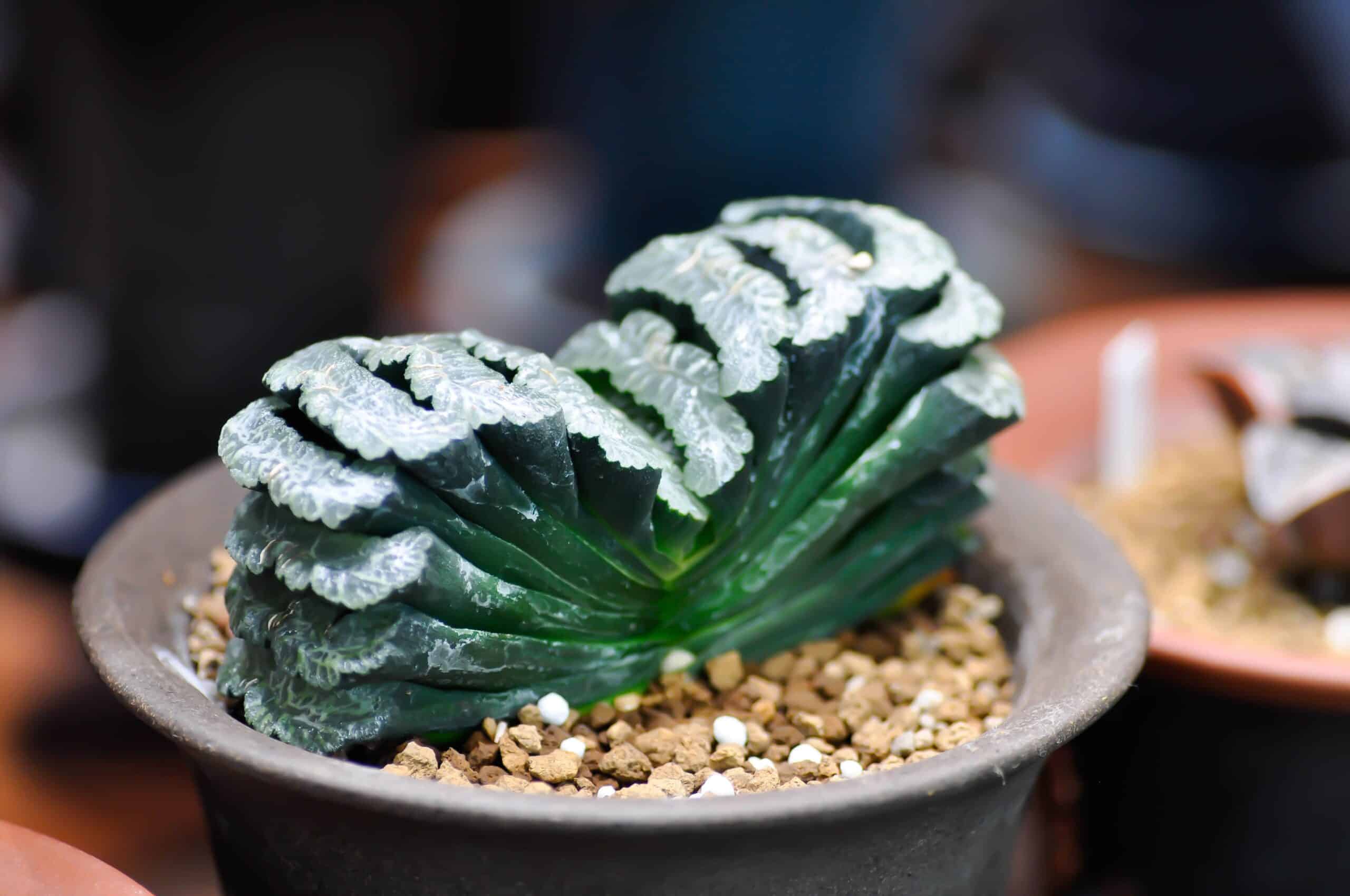
Horse’s Teeth is a unique succulent native to South Africa. This plant is characterized by its rectangular, truncated leaves that resemble teeth. The leaves are arranged in neat rows, creating a striking visual effect. Its green and grey patterns add to its charm, making it a favorite among succulent enthusiasts. Collectors often pay between $50 and $300 for well-established plants. The plant’s rarity and distinctive look ensure it remains a prized addition to any succulent collection.
Giant Chalk Dudleya (Dudleya brittonii)
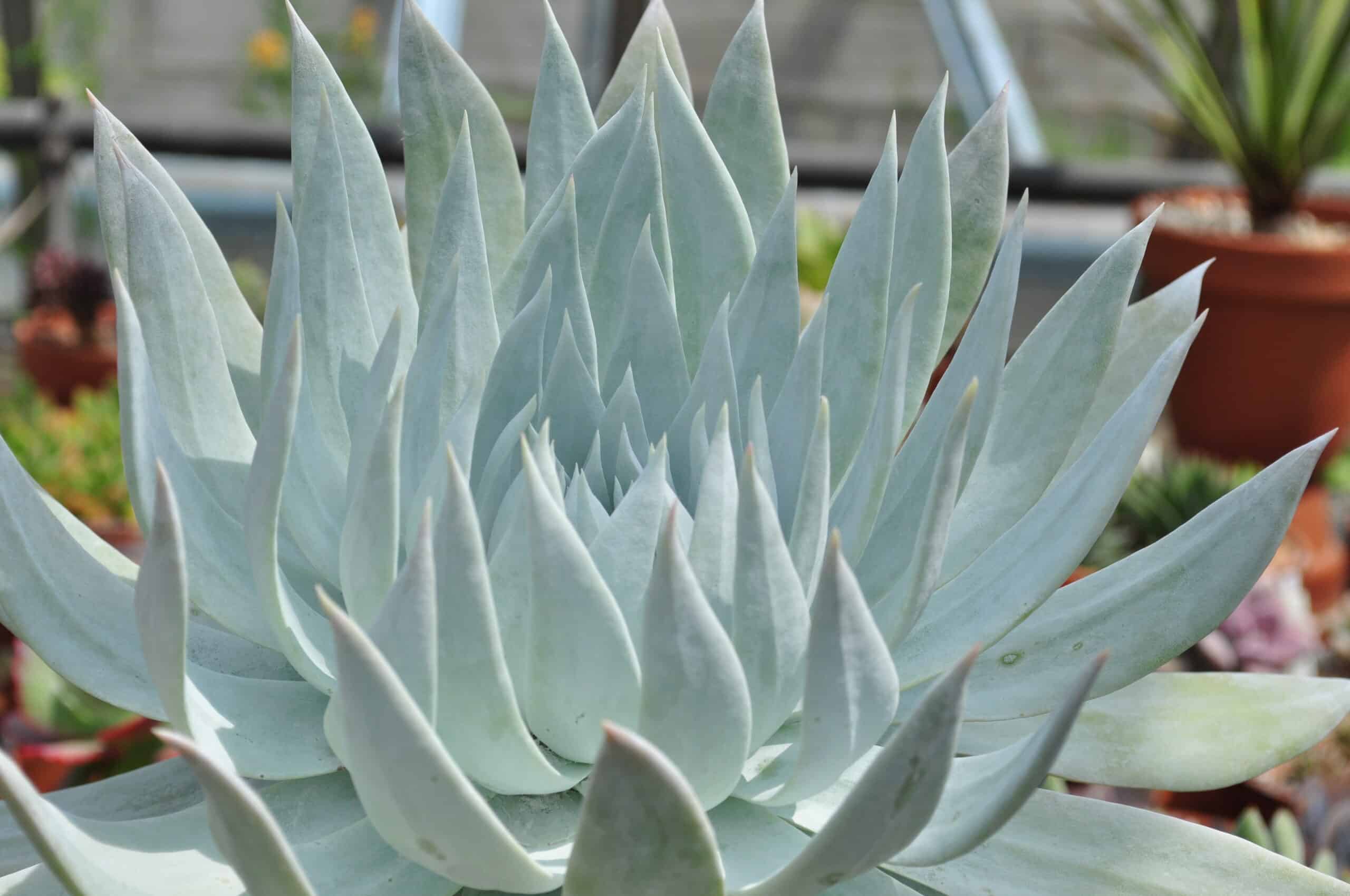
Giant Chalk Dudleya is a stunning succulent native to the coastal cliffs of Baja California, Mexico. This plant is characterized by its rosettes of silvery-white leaves covered in a powdery coating. Its leaves form a striking chalky appearance, which contrasts beautifully with its yellow flowers that bloom in late spring. Mature specimens can fetch prices between $50 and $200. The plant’s rarity and distinctive look contribute significantly to its value, making it a must-have for succulent enthusiasts.
Stone Plant (Lithops ruschiorum)
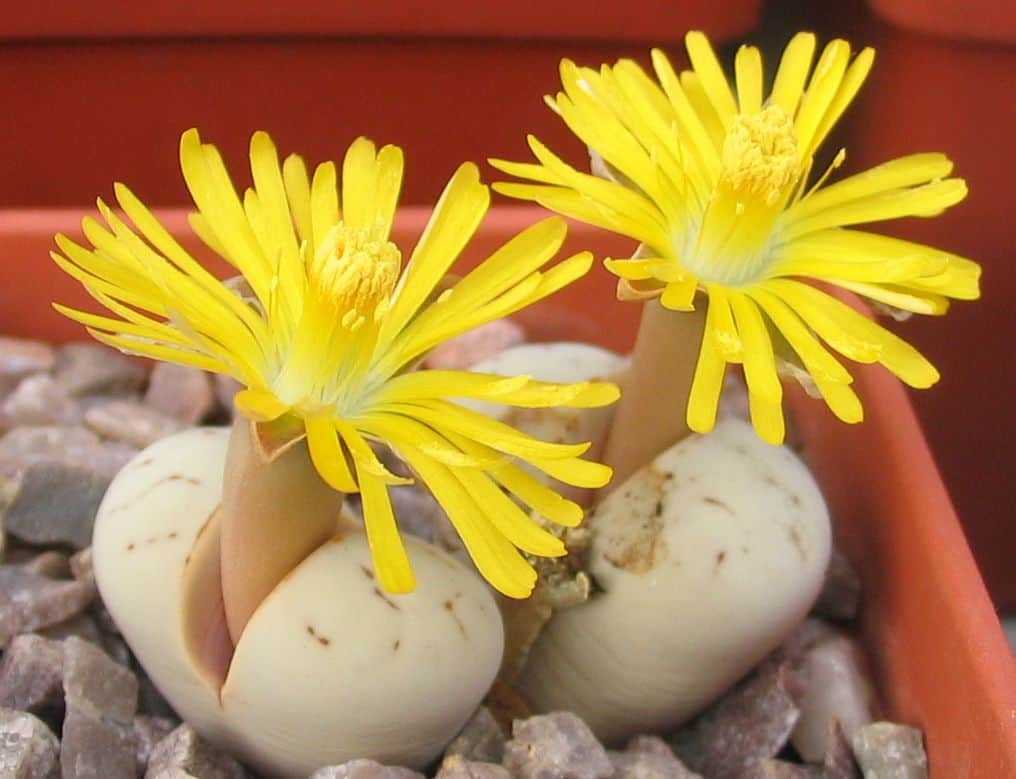
Stone Plant is a fascinating succulent native to the deserts of Namibia. These plants are known for their remarkable resemblance to small stones, which helps them blend into their surroundings. Each plant consists of a pair of fleshy leaves that split open to reveal small, daisy-like flowers. Its unique camouflage and slow growth rate make it highly sought after. Collectors value mature specimens, which can cost between $50 and $200. The plant’s ability to mimic stones and its rarity in cultivation contribute to its high value.
Spiral Aloe (Aloe polyphylla)
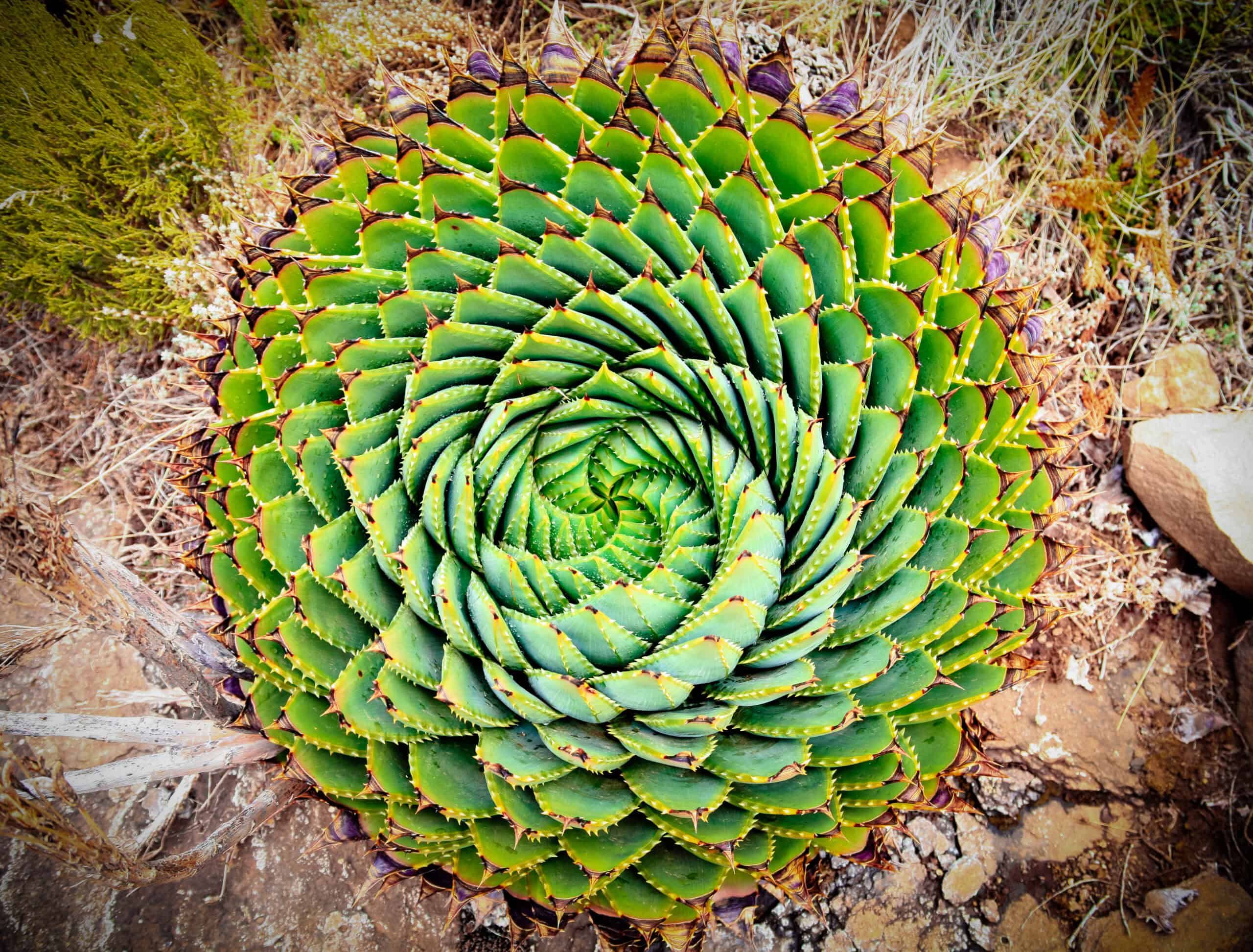
Spiral Aloe is a mesmerizing succulent native to the mountains of Lesotho in southern Africa. This plant is renowned for its perfectly symmetrical spiral pattern formed by its fleshy, pointed leaves. The leaves can grow in clockwise or counterclockwise spirals, creating a stunning visual effect. Its challenging growth requirements and unique appearance make it highly coveted among collectors. Mature plants can sell for $100 to $300.
Living Stones (Conophytum bilobum)
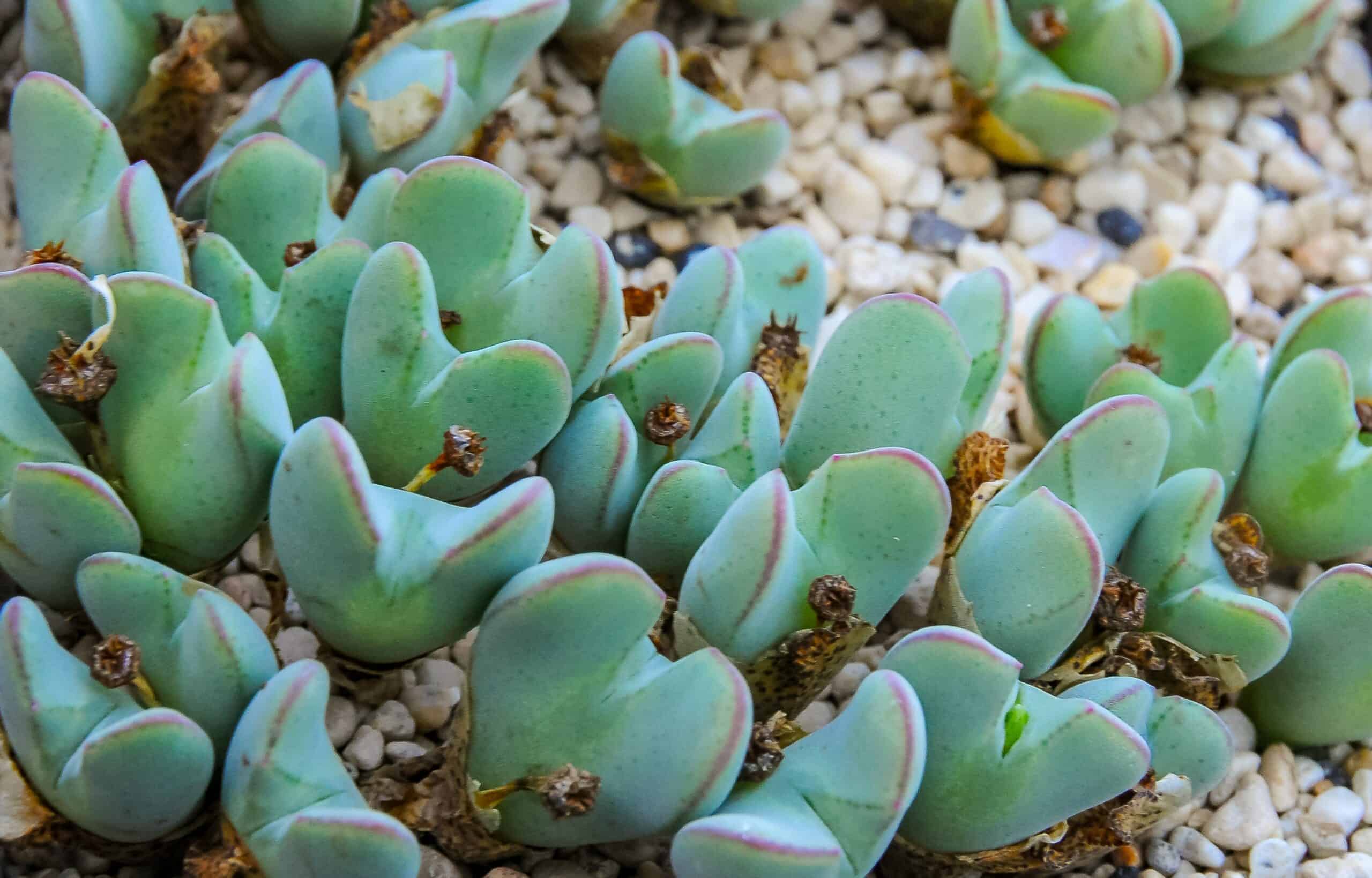
Living Stones, or Conophytum bilobum, are small succulents native to South Africa and Namibia. These plants have a distinctive appearance, resembling small, rounded stones. Each plant consists of a pair of fused leaves, which split open to reveal bright, daisy-like flowers in the fall. Its unique stone-like appearance and slow growth rate make it highly desirable. Prices for mature specimens can range from $50 to $200.
This article originally appeared on Rarest.org.
More from Rarest.org
1973 Roosevelt Dime Value Guide
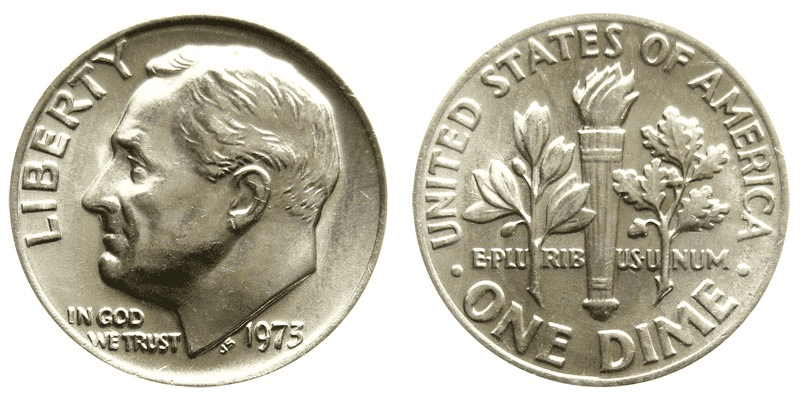
The 1973 dime is a 10-cent coin issued by the US government through its mint centers in 1973. The coin is made of base metals and is over 50 years old. Read More.
1970 Lincoln Penny Value Guide
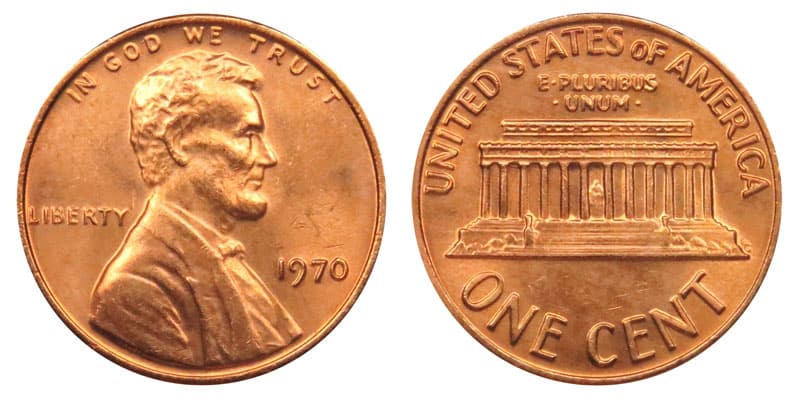
One of the greatest appeals of coins and coin collecting is the fact that coins can represent a snapshot of the historical events that happened in the year the coin was minted. Read More.
20 Most Endangered Mammals in the Wild
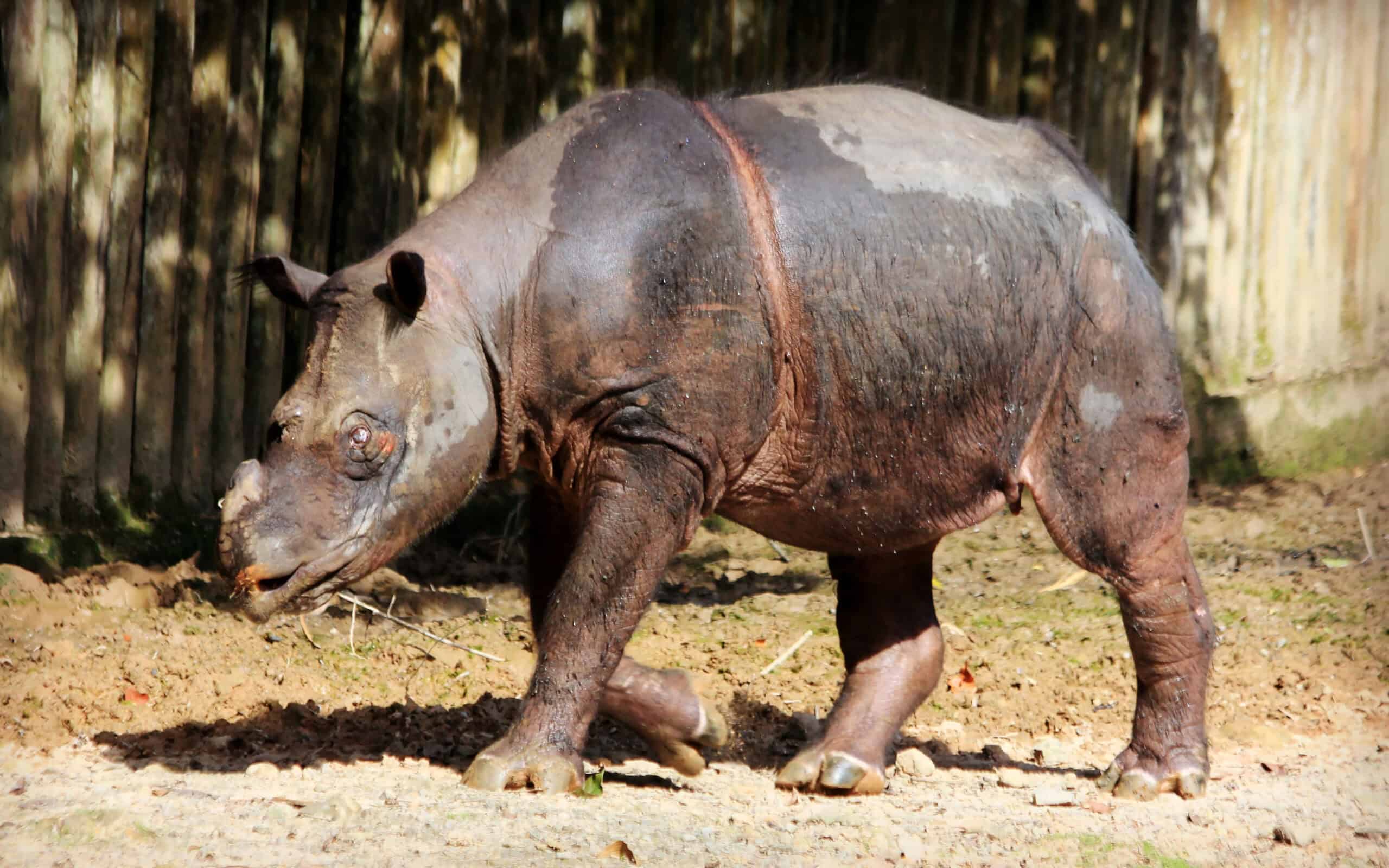
The natural world is home to countless remarkable mammals, many of which are facing the threat of extinction. Read More.
